
Alaskan Road Truckers
We talk with the Trucking Girl!
Have you heard about Iwona Blecharczyk, the Trucking Girl, who conquered the Ice Roads? Exciting news! We’re starting a series where Iwona will talk about her experience as a trucker. She’ll tell you about her adventures on the ice roads, the challenges of driving giant 18-wheelers, and more!
See the trailer below:
[previewyoutube="R7XzXpOoO_A;full"]
Stay tuned for the first video of the series!
Demo gameplay preview!
[previewyoutube="rHFD-I2hokw;full"]
If you want to support us, wishlist the game! Next time we will talk with a man behind truck skins, so stay tuned.
We showed a playable version to gamers for the first time!
We had a big day last Tuesday! For the first time, we showed Alaskan, PLAYABLE, at a live event in our home country of Poland. We had this cool stand with a huge screen and a wheel, and anyone could just hop in and play.
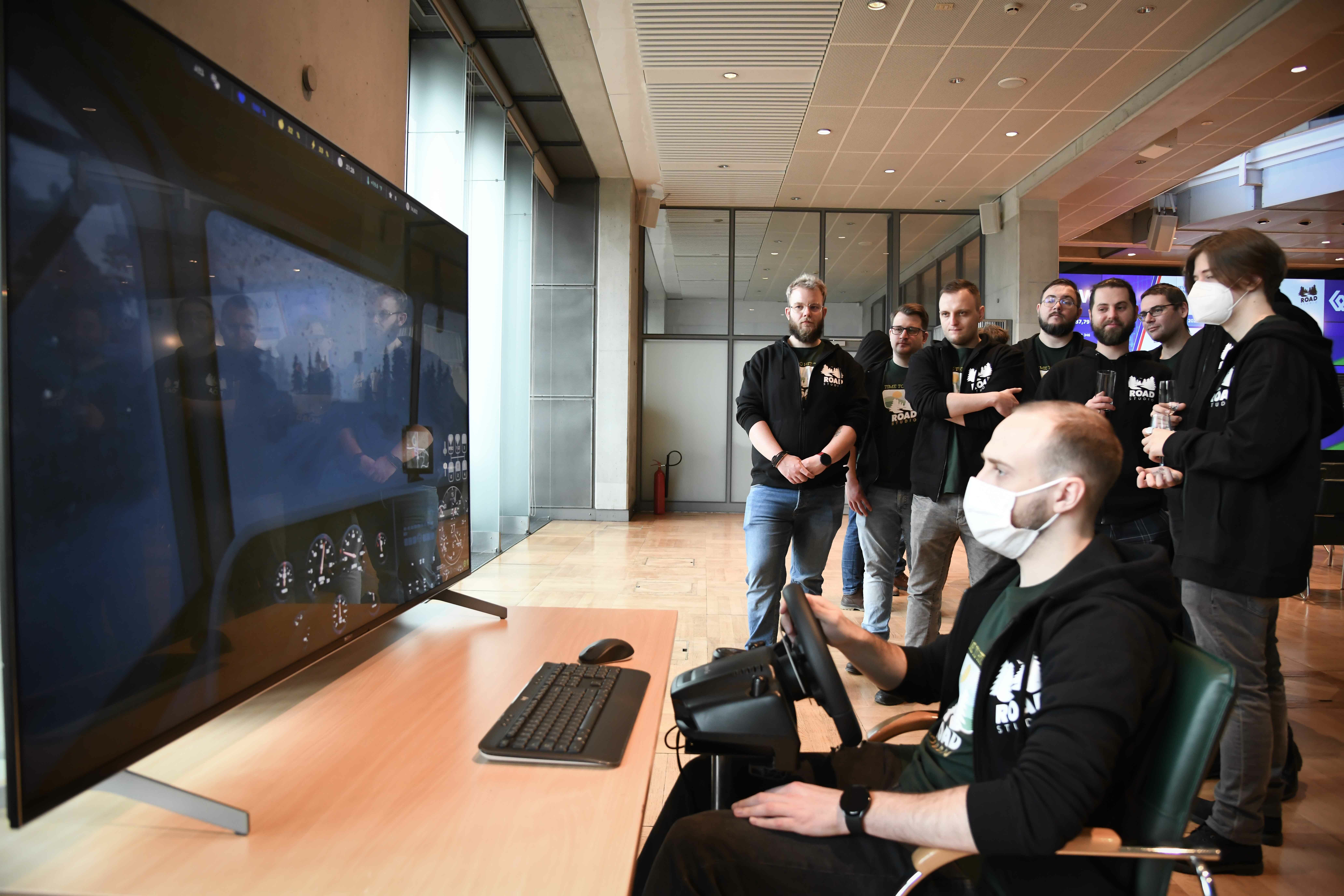
By the way: STEERING WHEEL SUPPORT CONFIRMED ;)

This was HUGE for us because this was the first time that we put our hard work on a display like this, all open and ready to play. Of course, this wasn’t the full map yet, but large enough that you couldn’t even see it all in a single sitting. And we limited the gameplay to max 30 minutes so more people could play.
[previewyoutube="qunToEgq_j4;full"]
We’re happy to say that the players LIKED IT A LOT.
They really dig the driving physics and the fact that you can do all sorts of things inside the truck, that the dashboard is interactive.
This is a huge step towards letting everyone get a taste of a trucker’s life. We’ve made huge progress over the last year, especially considering that our game has many things quite unique to the genre, like the ability to get out of the truck or interact with the world around you.
We’re excited, and we hope so are you. If you are, please wishlist our game, since this is what makes it visible to others. For an indie studio like ours, especially on a project this ambitious, wishlists are very important. Thanks, and see you on the road!
Lust from Beyond: M Edition Demo available now + game release date
We bring you thrilling news from our friends at Movie Games. Their demo for Lust from Beyond: M Edition, a first-person Lovecraftian horror is now available! Check it out, David Jaffe himself gave it a high praise.
[previewyoutube="NBSNPvt-vJQ;full"]https://www.youtube.com/watch?v=NBSNPvt-vJQ&ab_channel=MovieGamesS.A. [/previewyoutube]
https://store.steampowered.com/app/1641890/Lust_from_Beyond_M_Edition
The full game will be released on the 10th of February 2022. Add it to your wishlist to keep it on your radar!
Happy New Year!
Out with the old, in with the new! Happy New Year and let’s hope it brings us all prosperity and good fortune. May it be the best year of your life yet.
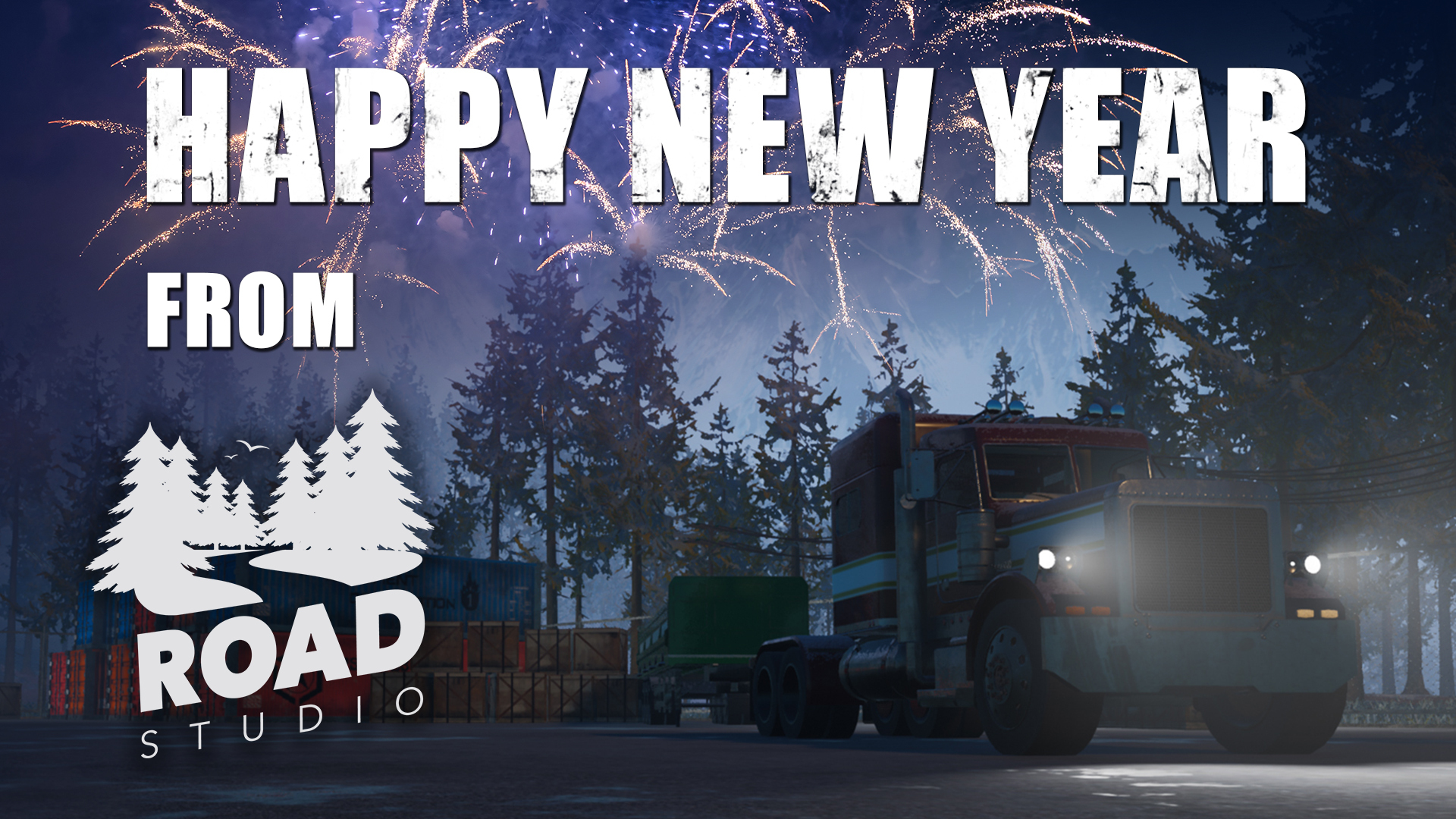
Happy Holidays!
For these upcoming holidays, we want to wish you all a time full of joy and peace.
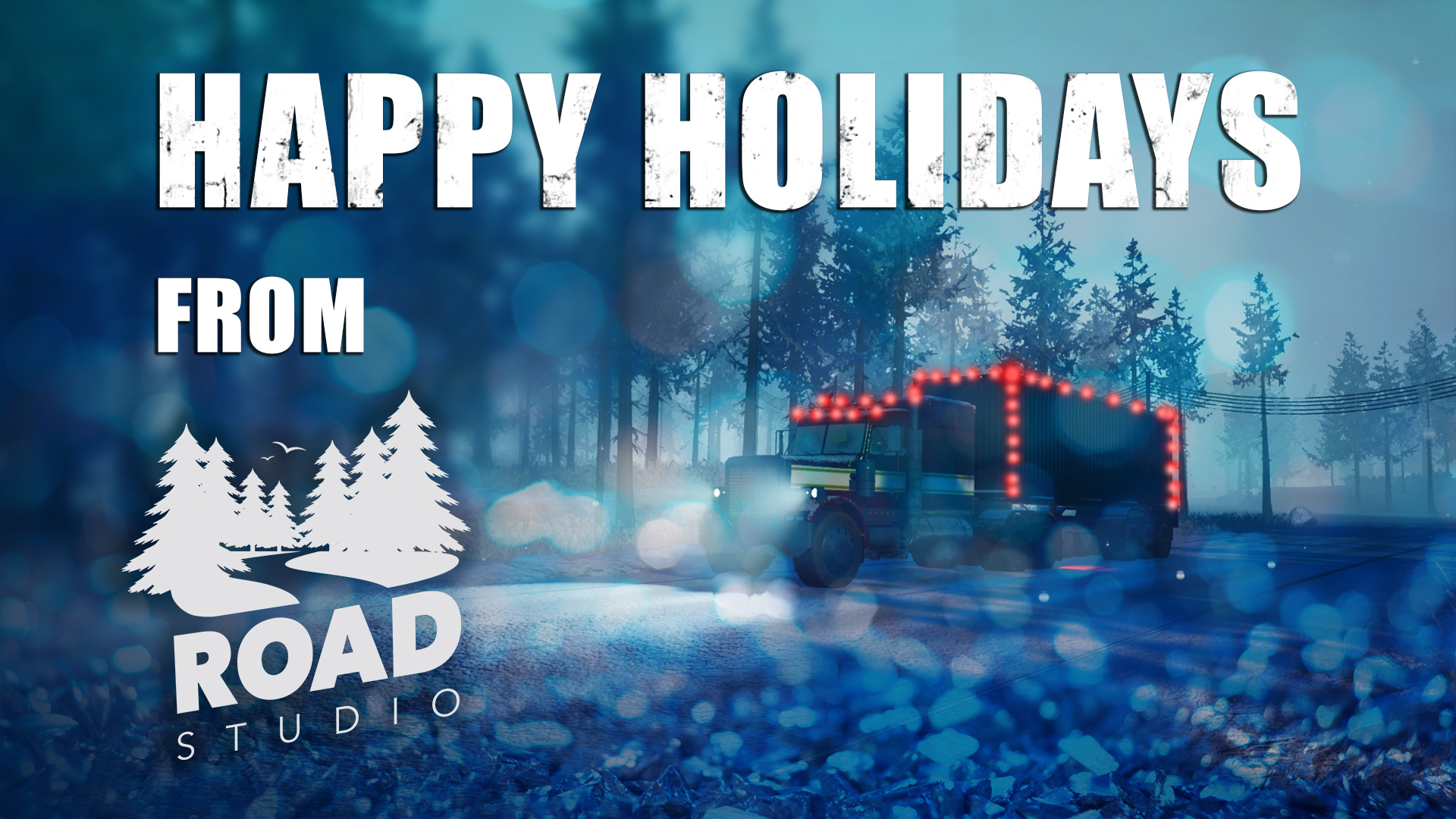
Much love, happiness, time spent in a family atmosphere with a smell of gingerbread and hot chocolate in the air. Thank you for being with us!
Winter Sale Time: up to -90% on games!
We invite you to check out the Steam Winter Sale, and especially the deals from our publisher Movie Games. We have historically low prices on their greatest hits, including Drug Dealer Simulator and The Beast Inside. Who knows, maybe you will even get one of them as a holiday gift for someone? Or for yourself!
Get a game
https://store.steampowered.com/app/682990/Drug_Dealer_Simulator/
https://store.steampowered.com/app/1035120/Lust_from_Beyond/
https://store.steampowered.com/app/523650/Lust_for_Darkness/
https://store.steampowered.com/app/803980/Plane_Mechanic_Simulator/
https://store.steampowered.com/app/748300/Treasure_Hunter_Simulator/
https://store.steampowered.com/app/530930/Soulblight/
https://store.steampowered.com/app/723100/Orbital_Racer/
https://store.steampowered.com/app/792300/The_Beast_Inside/
https://store.steampowered.com/app/1149620/Gas_Station_Simulator/
We’re playing Gas Station Simulator!
Holidays are around the corner so let’s take a break and relax all together. Join Paweł today, whom you already know from one of our previous posts, while we play the great Gas Station Simulator!
Watch the stream on the page linked below and see if we can figure out how to run a gas station in the middle of Route 66.
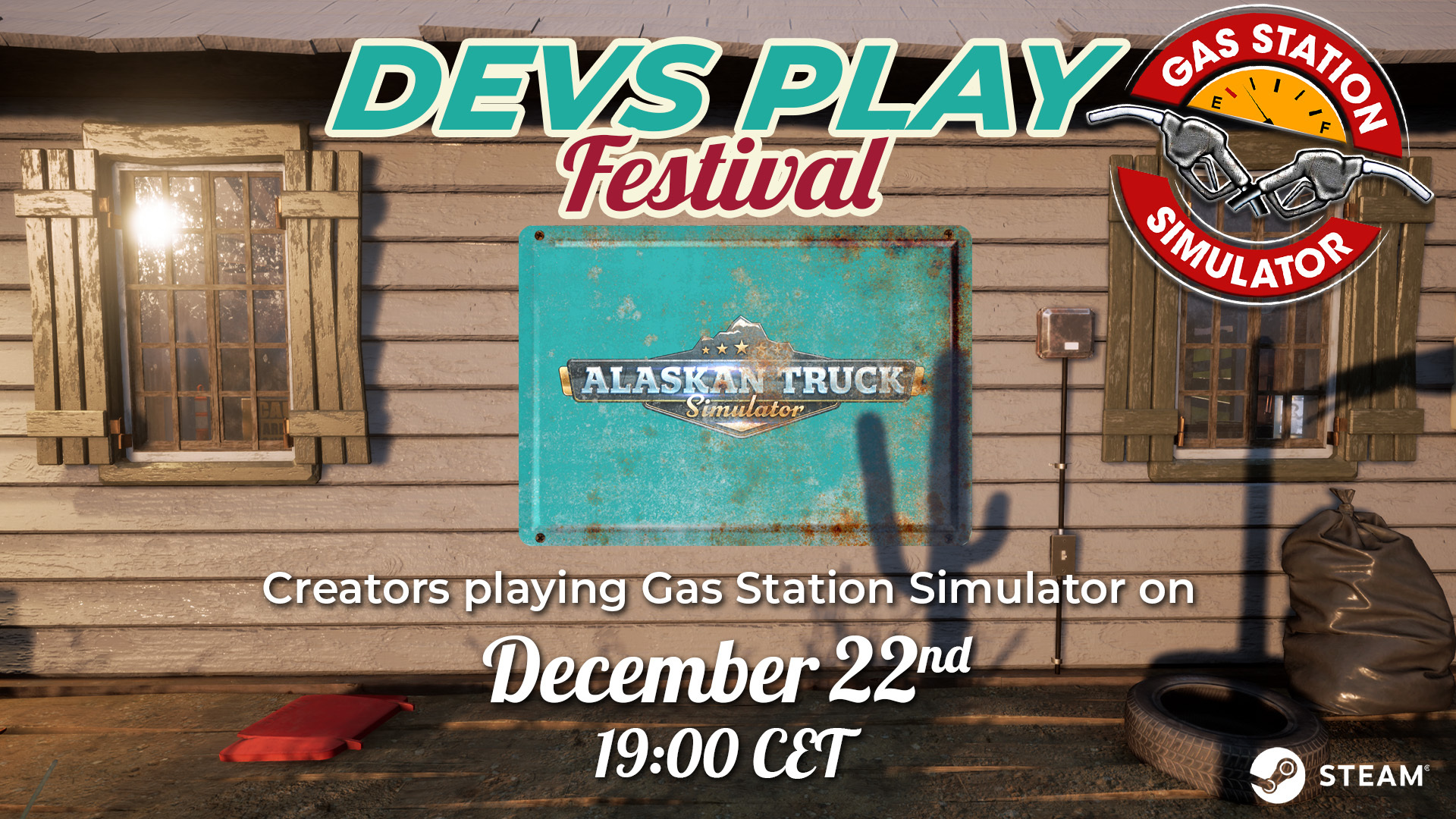
CLICK HERE TO WATCH THE STREAM
https://store.steampowered.com/app/1149620/Gas_Station_Simulator/
https://store.steampowered.com/app/849100/Alaskan_Truck_Simulator/
See you there!
Chicken – Alaska’s Quirky Town
Our sightseeing tour continues. Today we want to show you another real place we’ve included on our map: the town of Chicken, Alaska. Here is how it looks in real life:
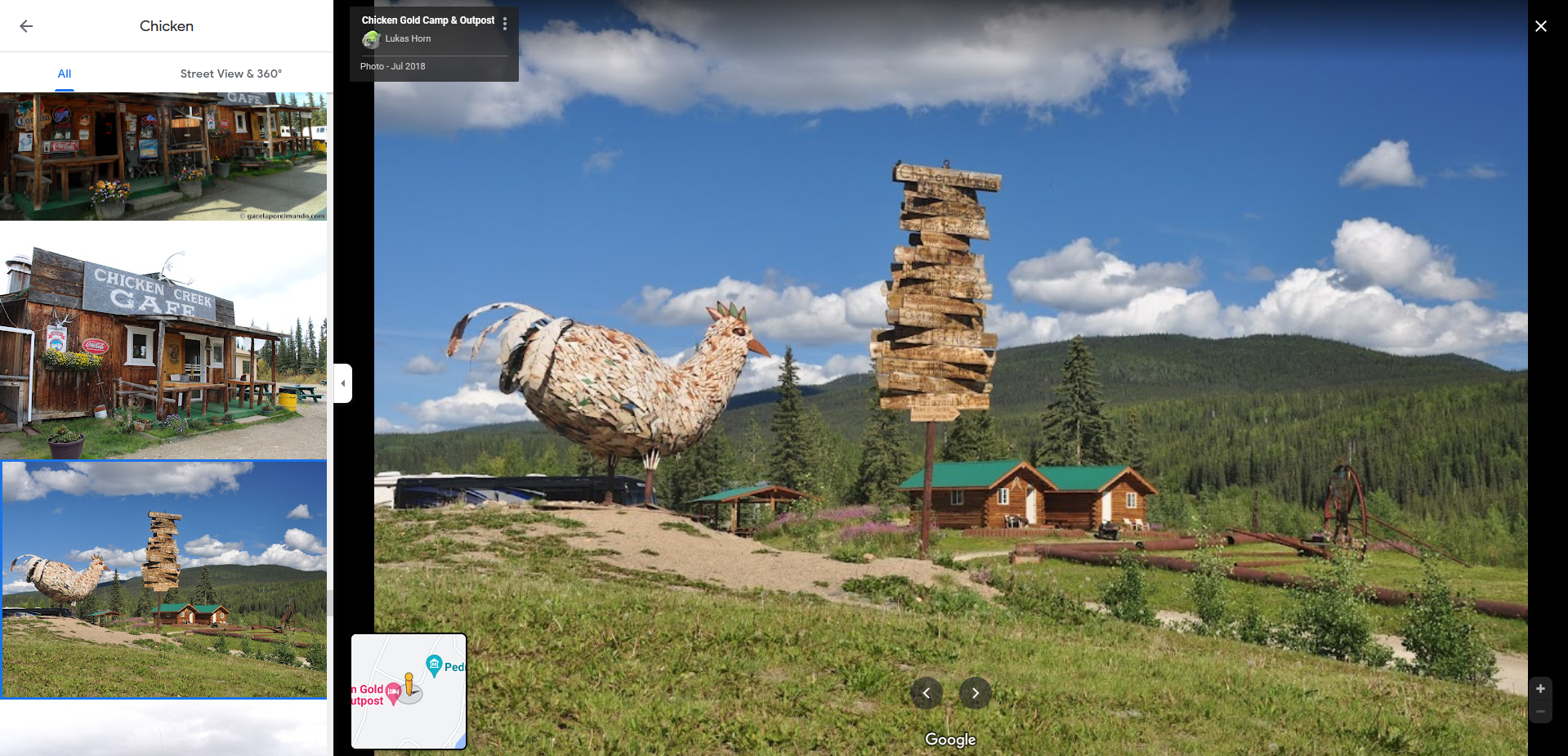
And here is how it looks in-game:

We took a lot of effort to make it channel the spirit of the place. It’s not a 100% accurate representation, since our in-game Alaska is a condensed version of this huge land, like “the best of” this beautiful state. And one of Alaska’s less obvious highlights is Chicken.
Chicken is an incredibly tiny and very remote town 200 miles east of Fairbanks. It has no electricity, no Internet, no plumbing, no mayor, one gravel road going through it and only about 30 year-round residents. The town was established in the 1890s by prospectors searching for gold in the nearby river.
“Why is it called CHICKEN?!”
To survive their first winter (and we all know how harsh the winters in Alaska can be), the settlers munched on the local wild poultry. No, not on chickens. On a bird by the name of Ptarmigan.

Here’s a ptarmigan!
When in 1902 a local post office was established, it required a community name, so the community wanted to honour the Ptarmigan. The problem though? It was an incredibly difficult word to spell! So, feeling incredibly self-conscious and not wanting to be the laughing stock of the local population in case they do misspell the poor bird, the residents settled on the most familiar bird of all: a Chicken. That’s where the silly name comes from.
So what is interesting about the town beside the hilarious origins of its name?
It was the second town ever to be established in Alaska. What is even more fascinating, the gold is still mined there to this day! Over a century after the infamous Gold Rush has ended, Chicken in one of the last gold towns still in operation.
Chicken also has a cute downtown, consisting of only a general store, liquor store, cafe and saloon.

The residents have embraced the town’s name: you can find a lot of chicken-related puns scattered around and every summer residents organise a music festival called Chickenstock. What’s not to love?
Would you be tempted to visit this quirky little town, either in real life or the game?
Making Alaskan PLANTS with Greg Gładkowski
You liked our visit to the studio with Pawel Stolarski, our business development specialist. We have another treat! This time, let’s dive into gamedev with Grzesiek ‘Greg’ Gładkowski, who works directly on the game.
Hi Greg! Tell us what you do in Road Studio.
Hoo boy. It’s been a journey for me since I’ve been with the game from the very beginning. I did some modelling, but currently, I'm a Tech Specialist and Enviro Artist. I work on the look of textures in different weather conditions, and on the foliage and generally, the Alaskan flora. This is a rather challenging area and in the past four or so months I’ve been focusing on making our forests and meadows look nice and real.
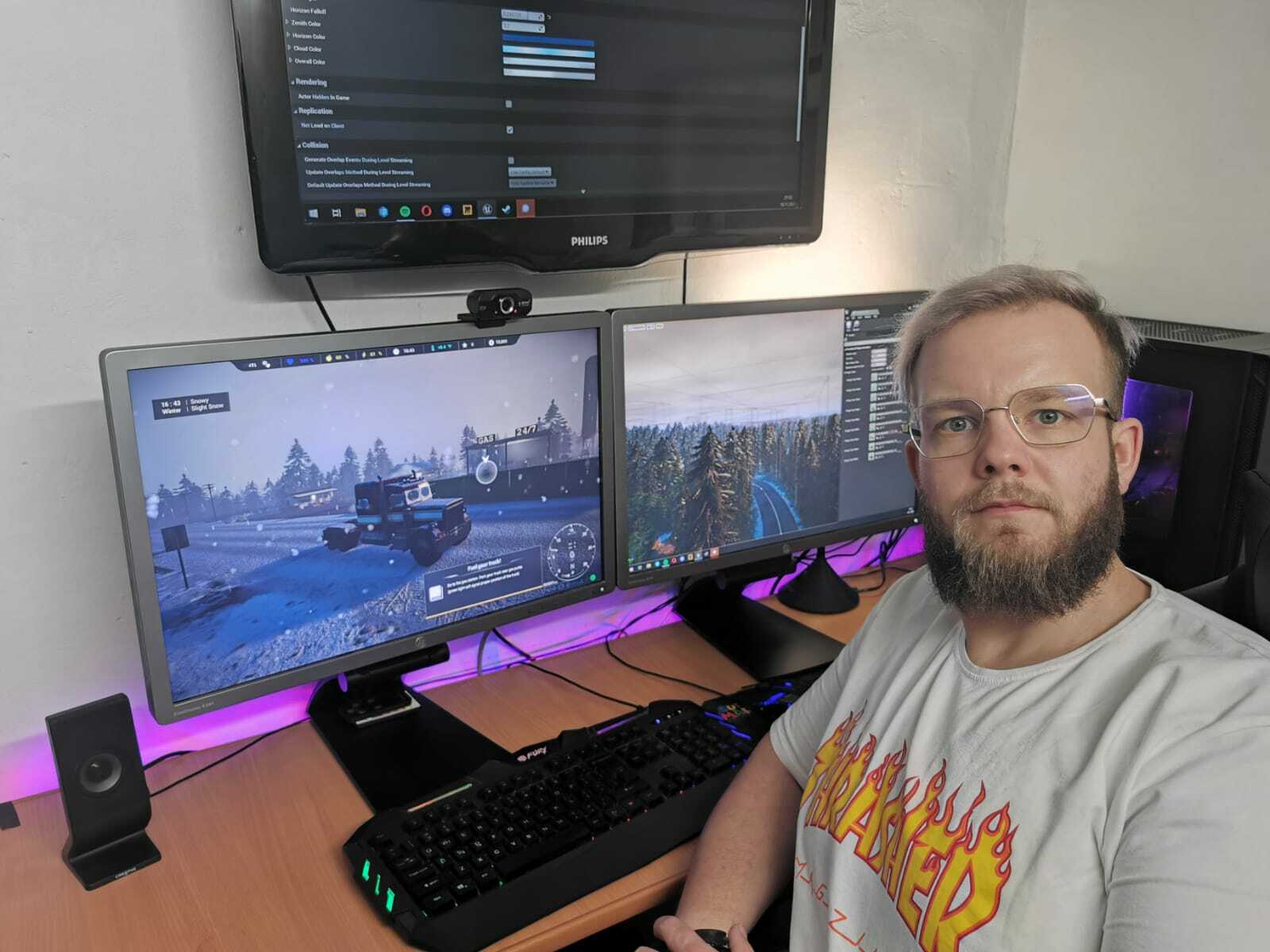
It’s an appropriate job considering your personal interests, right?
Yes, considering my two, let’s say, hobbies. The first one is 3D graphic design, which I got into around 2004. When Half-Life 2 launched, I spent hundreds, maybe thousands of hours with it, or rather with its SDK. My friends and I used to make maps and scenarios for the game, and we got much more into it than in the game itself.
My other thing is my passion for travel. Unfortunately, I wasn’t able to visit the far reaches of the world, but whenever I have some free time, I go hiking or biking. Even when I play, I tend to play games where I can roam the world, like The Witcher 3, or, more recently, New World and RDR2.

That’s not Alaska, that’s Zakopane, Poland!
So how do you make the plants and biomes for ATS?
That was one of the first things that we had to work out. At first, we assumed we’d just manually create all the places, but the map is just too big for that, and the Alaskan flora too rich. So we decided to divide our digital Alaska into different ecosystems, which are very much like actual Alaska, with its vast snowy tundras but also warmer places with colorful meadows or picturesque river banks. These ecosystems, to put it simply, work like areas that procedurally spawn certain types of plants characteristic for specific parts of Alaska. We’ve put so much time into researching them that I believe that Maciek, who designed the layout of the map, could very easily get a degree in Alaska’s geography.

Getting to the final look was a process, right? You didn’t do Alaska justice right away
That’s right, and that’s because you have to make everything work together. It’s easy to work on one type of tree and pretty much nail it, but when you put this tree next to a hundred others, you’ll notice it doesn’t look right. You need to have your trees designed in a very specific way, and that’s an interesting subject in itself.
Łukasz Cieciura was the hero who redid many, many models and their geometry to optimize the look of our wildlands, and he’ll tell you more about it in a future post.
This is also a question of performance optimization. It’s easy to faithfully recreate a biome, but it would’ve killed the performance of the game. In real life, the spaces between the trees are filled with ground foliage, ferns, bushes. However, it’s more CPU-effective to lower the canopy on the trees than add millions of individual plants or grass blades. The final result is similar to the real thing, and it sells the atmosphere of Alaska really well while letting you enjoy a high frame rate. So it boils down to balancing the realism and map design to achieve a coherent and believable artistic vision. And achieving this balance is one of my core tasks.
But you aren’t done just yet, correct?
I can’t stress enough that we are still in the process of making our environments. In game development, you don’t go from A to B to C. You create part of A, part of B etc., and you gradually develop each, which results in improving the overall look. Eventually, you put everything together and it clicks, giving you the final vision. That’s why our visuals have been improving so much over the last months, and that’s why they keep looking better and better every week.
Tell us something about your work on the game’s weather.
Basically, when we have an object in the game, my job is to make it look right in different conditions. When it’s wet or covered in snow. So I diversify the object materials, add snow height maps, or make the rain gradually increase the size and depth of puddles. This may sound easy, but we have lots and lots of materials. To handle them, our programmers created a management tool that tells the materials when to change their characteristics.
As for the general solution for the weather, the seasons in Alaska are unlike in the central USA. There are basically two seasons, one warmer and one super cold. A single place can change dramatically over the year, from a frozen nothingness to a lively moorland full of colorful flowers. I’m working on translating this Alaskan atmosphere into our digital world. I’ve spent a lot of time on fog, light intensity, light colors and shadows.



One place can give a completely different vibe depending on the weather
What do you like the most about Alaskan Truck Simulator?
That it puts emphasis on the thing that most simulators tend to treat with less care. While other games like to highlight the goal of your travel, like a city, where you can find an iconic building, what’s in between is just a general representation of the real world. We instead focused on the things you encounter on the way, the small towns that have their own personality, or with certain specks of wilderness that for some reason are very characteristic.
We have our representations of the Magic Bus, the Mukluk Land, built around the characteristic Alaskan shoe, or Chicken, Alaska, where you can find an enormous straw chicken. You can go there or through there, make a stop, exit the truck, sightsee for a bit. It’s so immersive for me, and I hope the players will feel the same way.
Big thanks to Greg for his stories! And thank YOU for reading. See you next time, when we’ll reveal more behind-the-scenes tales about Alaskan Truck Simulator.
Don’t forget to wishlist and recommend our game. To an indie developer, this means a lot as it boosts our visibility on Steam.
